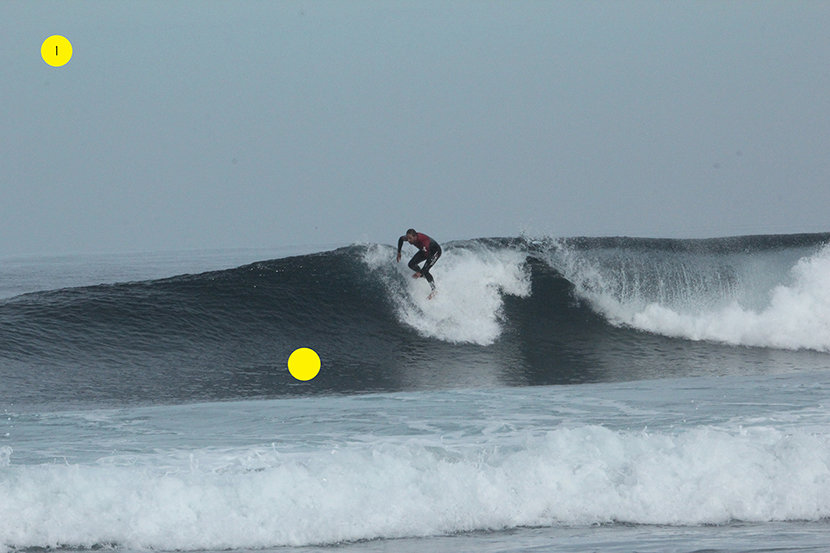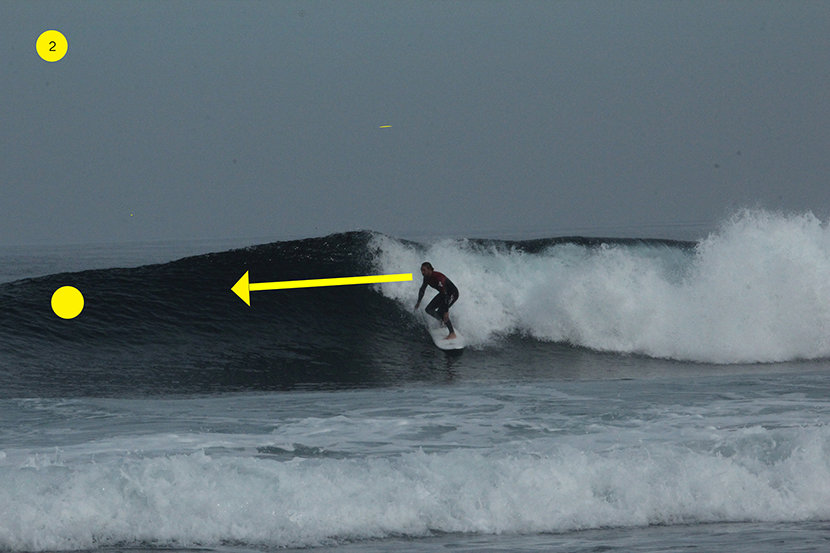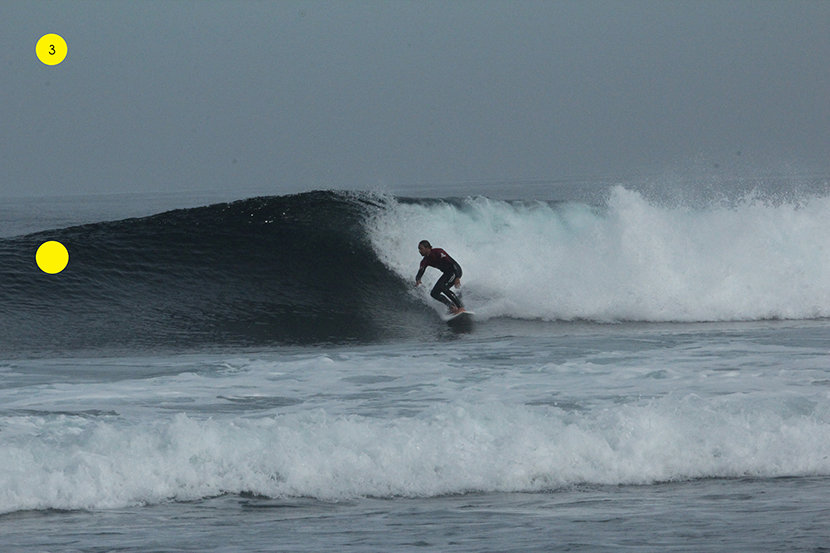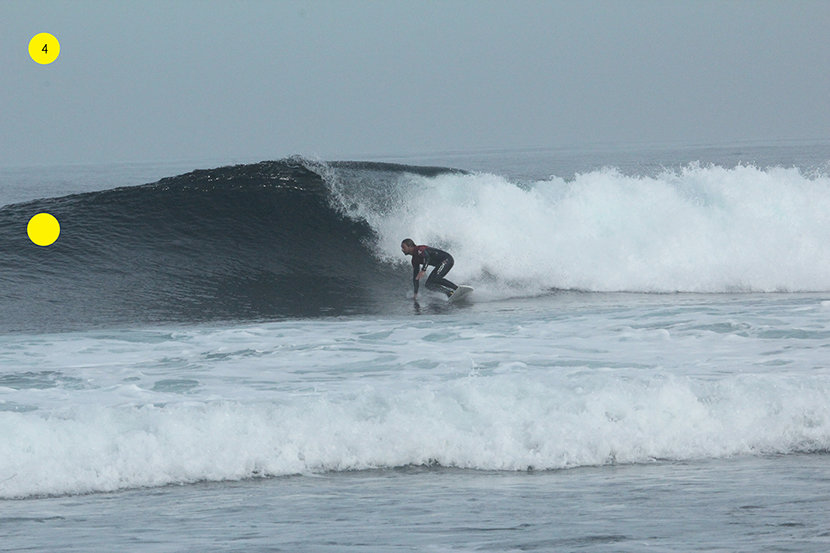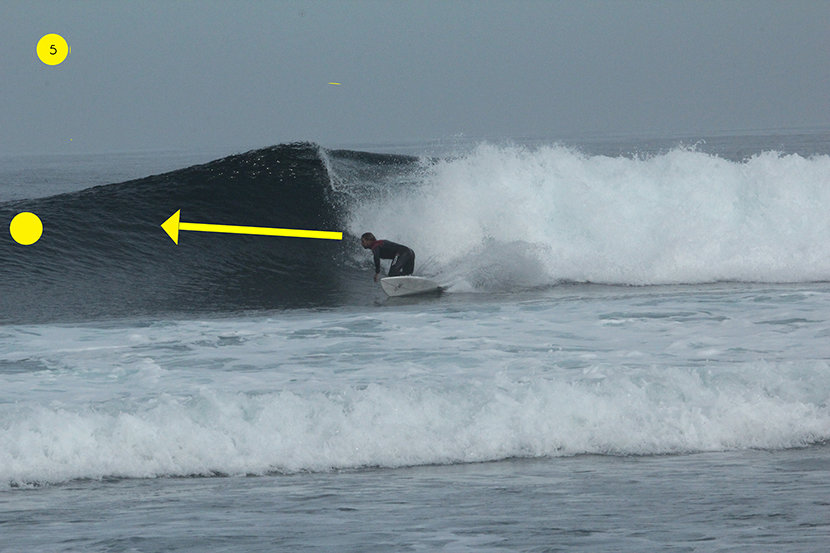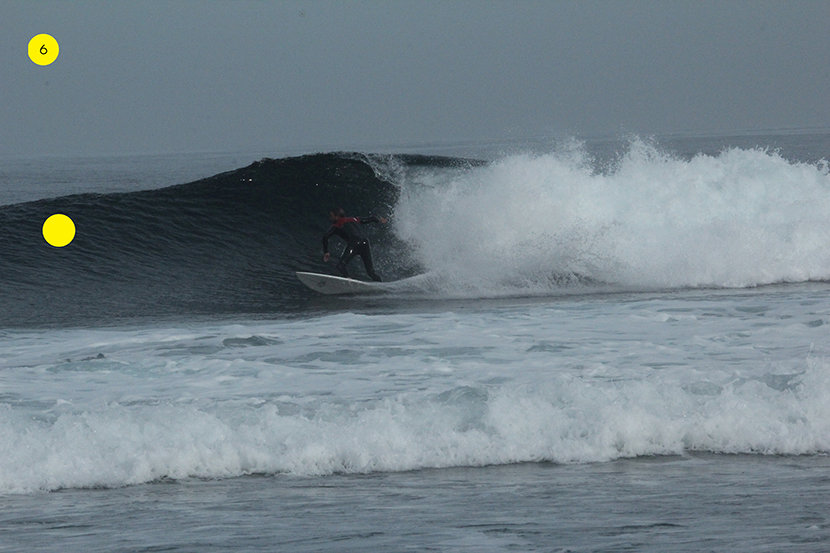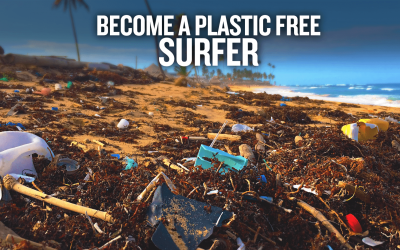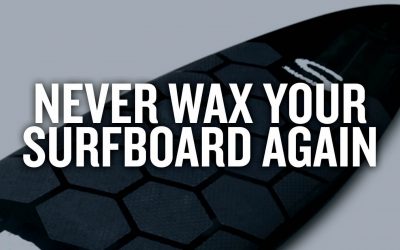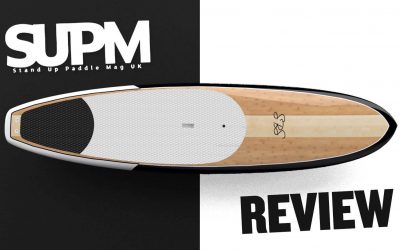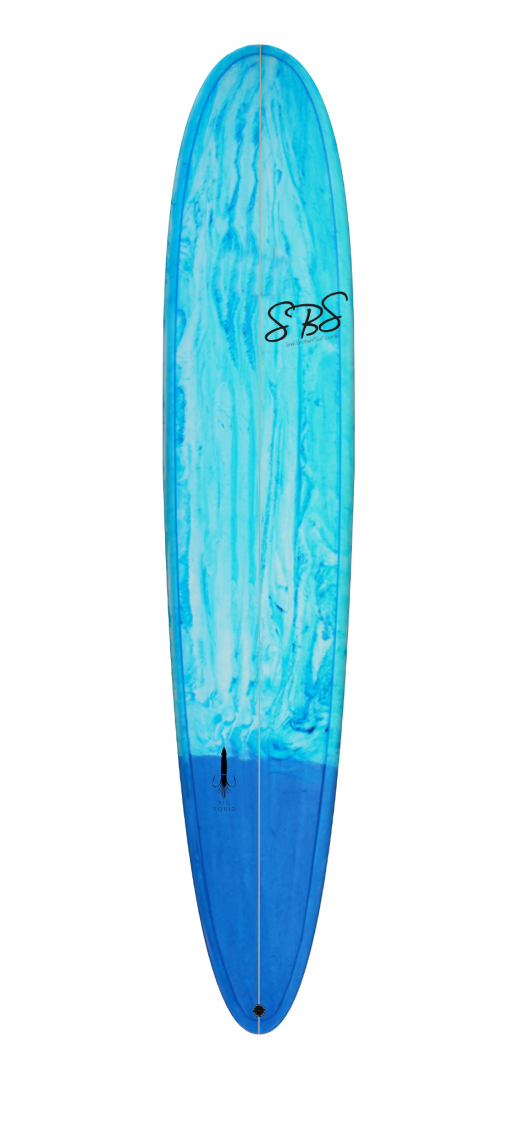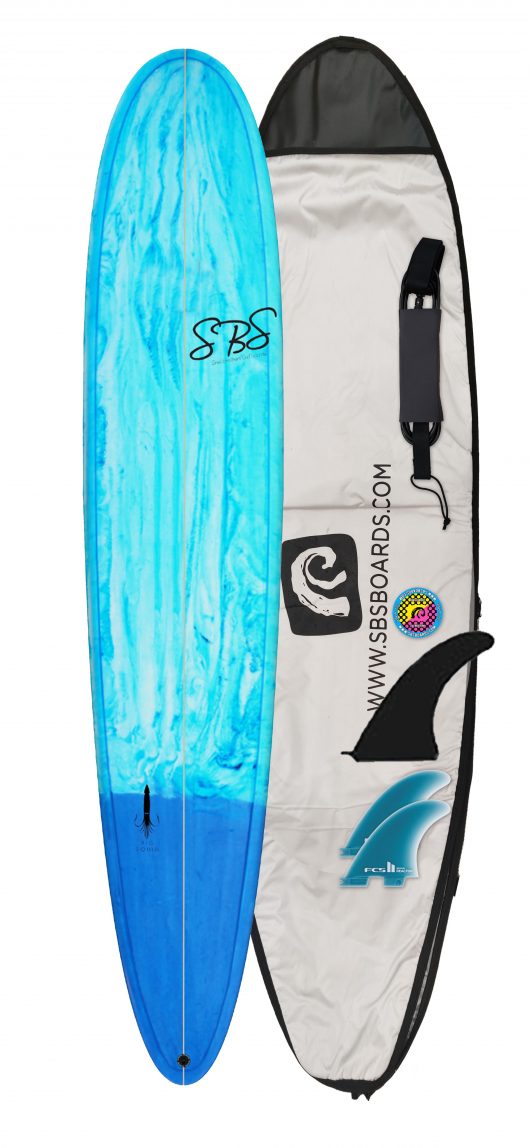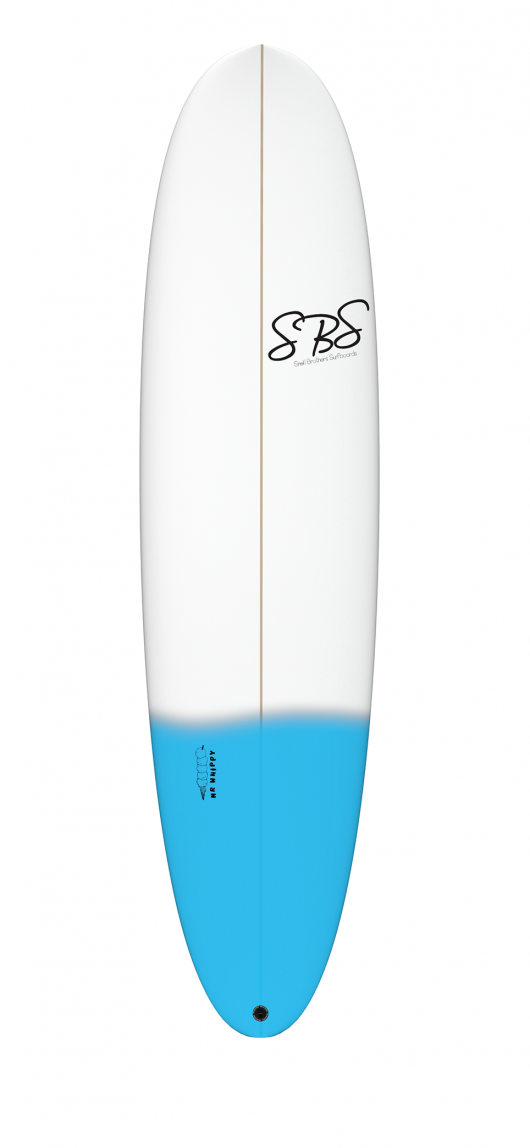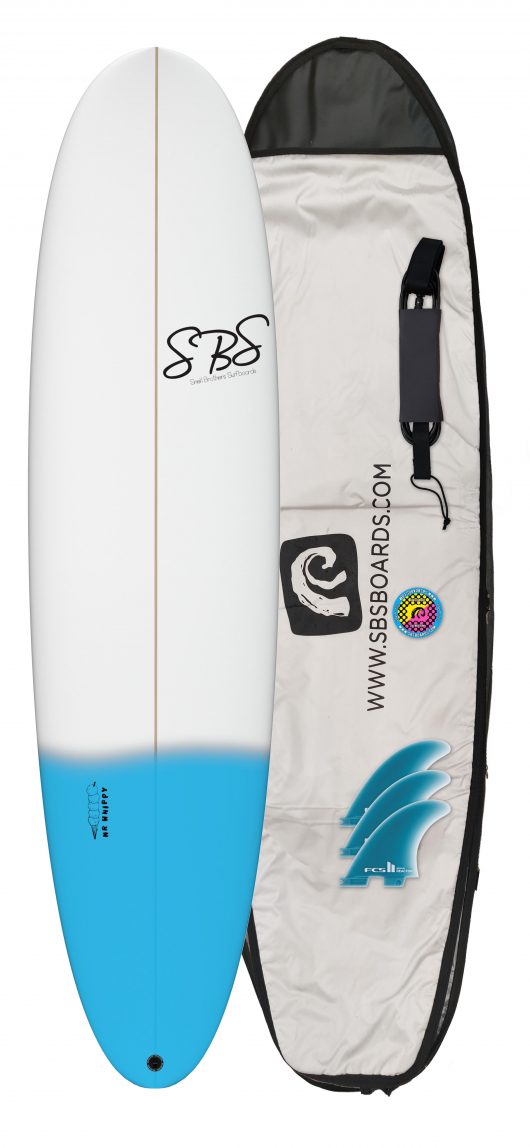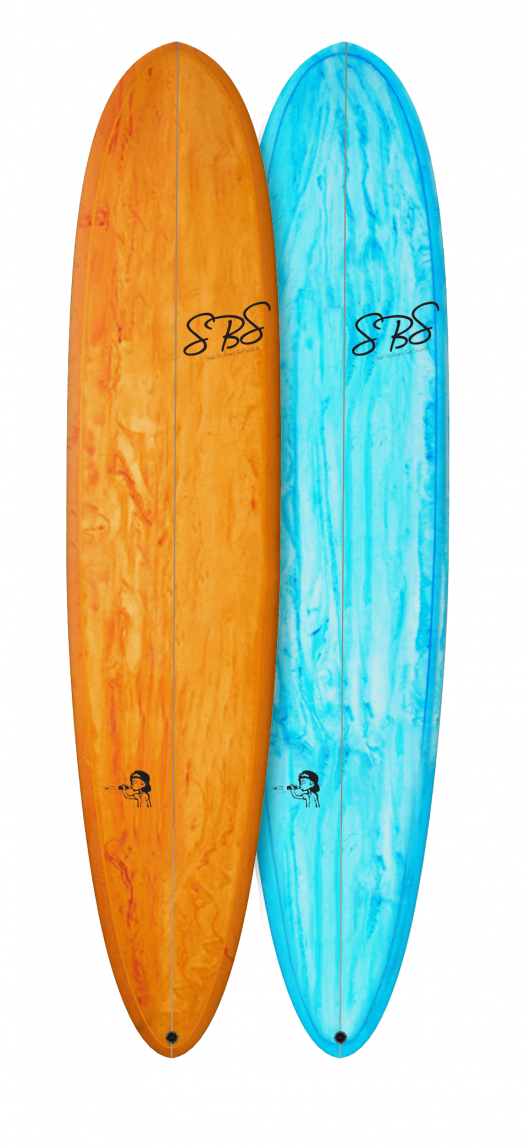How to do a Top & Bottom Turn in Surfing

The bottom turns along with the top turn are probably the 2 most crucial and fundamental moves in surfing. They are used every time you catch a wave, and every time you perform a manoeuvre. Mastering the basics of a good bottom and top turn is essential to improving other areas of your surfing. It is the basis upon which all your other manoeuvres can be built upon.
Bottom Turn
KEYS: Start your bottom turn as soon as you get to the flats.
Carry your speed up the wave by bending your knees, and putting pressure on your back foot.
Visual Cue: After dropping down the face you will want to create speed by bending your knees maintain that speed until you reach the flatter section then start to initiate your turn.
Tips: When dropping down the wave focus on your next turn and maintaining speed from your tack off maintain bent legs in a stable position then right when you reach the flats start your bottom turn so you don’t lose any speed.
Visual Cue: now you hit the flats your will need to initiate your bottom turn start to lean toe side of the board and look to where you want to make your top turn as this will be a good reference point for your body to follow try not to bury your feet under water during the bottom turn.
Tips: Bend your knees slightly, and lean on to your toe side edge to initiate the bottom turn. Be careful not to lean too far because you will bury your feet under water and lose all your speed, and fall off your board. Your weight should be evenly distributed between your front foot and your back foot, and you should be focused on the part of the wave where you want your bottom turn to end.
Visual Cue: You will feel the board start turning, maintain eye contact with the next section you want to perform a manoeuvre keeping your shoulder angled towards your destination. Carry your speed up the wave by bending your knees, and putting pressure on your back foot.
Tips: Hold your line, keep your knees bent, and when you come off the flats on to the transition shift most of your weight to your back leg. Push on your back foot in order to gain as much speed as possible while driving up the face of the wave. The more speed you have the more powerful your turns will be and after a while you will be able you start leaning into them by putting your trailing hand in the water.
A well-executed bottom turn is always the start of a well performed top turn which is your next manoeuvre.
The Top Turn
The top turn snap is a perfect set-up move that can be used on any wave in all types of conditions. Points, reefs, beaches, anywhere, It’s one of the best moves to have in your bag of tricks.

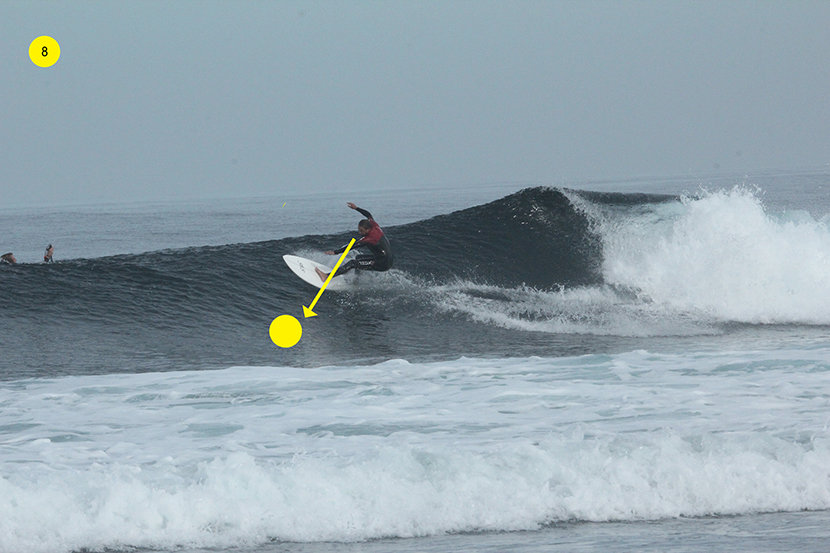
Visual Cue: Whilst
Tips: As you lift from your bottom turn, keeping your board flat on the wave face to retain full speed, unweight your foot and lean slightly back. But keep most of your weight and body over the midpoint of your surfboard.
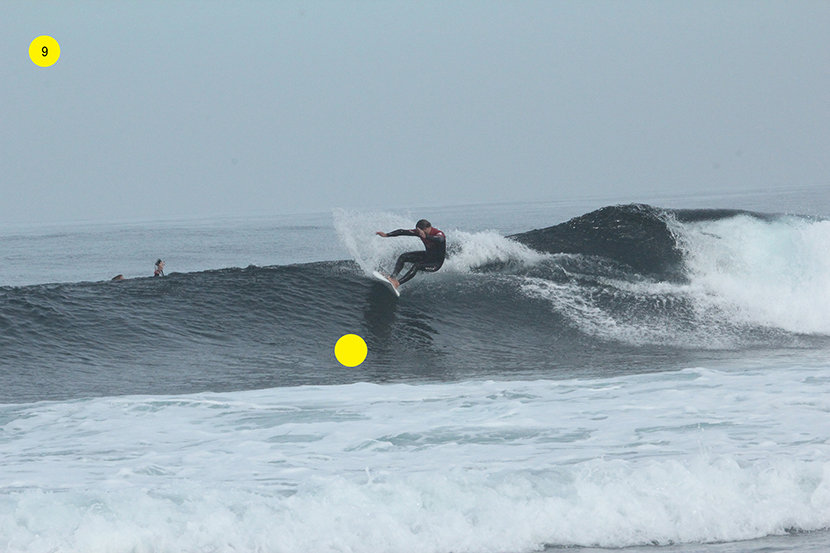

Visual Cue: Push hard on your back leg, this will cause your back leg to straighten out, your front leg to bend and spray to fly out the back of your board. Push hard through the snap until your back leg is fully extended. Your weight should be over your front foot, but your back leg needs to be powerful and solid. Stay low and solid over top of your board. Your eyes should be focused on the shape of the wave, and the nose and toe-side rail of your board. You want to be sure to keep your nose up if the wave is steep so you don’t stick it in on your next bottom turn.
Tips: Just as you feel the friction of the water grabbing your momentum but before losing too much speed begin your turn. Push down on your heels and lift the balls of your feet, thus submerging a small portion your inside rail to give added traction and avoid spinning out whilst keeping most of your weight and body over the midpoint of your surfboard.

Visual Cue: You will feel your fins and angle your board down the line into your next move. This will give you speed but you may need to generate more by pumping depending on how close to the pocket you are. You will be able to feel and judge whether this is necessary.
Tips: If you are flowing into a combo you still need to be
10 Simple Ways Surfers Can Go Plastic Free
why go plastic free?For a long time the world has seen pictures and videos of rubbish piling up on to beach all over the world floating in the water of desert islands or even the great pacific garbage patch creating an impenetrable trash island. this has been brought...
SUP MAG Review The Widowmaker Surf SUP
We got in touch with Sup Mag UK Again after they last tested our Widowmaker 8'3 surf SUP a few months earlier. They wanted to give our biggest Widow Maker (9'1) ago and compare what they found to the 8'3. we happily obliged and sent over a brand new 9'1 widowmaker to...
How To Wax A Surfboard
How To Wax A SurfboardWax has been used for years to help surfers gain traction and grip to their surfboards in water. Traditionally a surfboard is quit slippery in the water and without wax or traction pads I would be difficult to paddle and ride. Most surfboards...
Never Wax Your Surfboard Again
Never wax your surfboard again Waxing a surfboard can be a tricky task if you don't know what you were doing, tropical warm cool and cold water wax as well as base coat there is quite a few different waxes you'll need depending on the conditions if you want to know...
10 Reasons Smoothies Are Perfect For Surfers
Do you like smoothies now I know what your thinking smoothies aren't just for the hipsters, they are actually an incredibly powerful way of eating that can have incredible effects o your surfing. Pro surfers like Kelly Slater, and Stephanie Gilmore have talked about...
SUP MAG REVIEW – Navigator
The SUP Mag Review Our Navigator has been our best selling sup for the last 3 years and for good reason, its one of our most versatile all round Stand Up Paddleboards we offer. Ideal for beginners just starting out looking for s stable platform that's easy to paddle...

